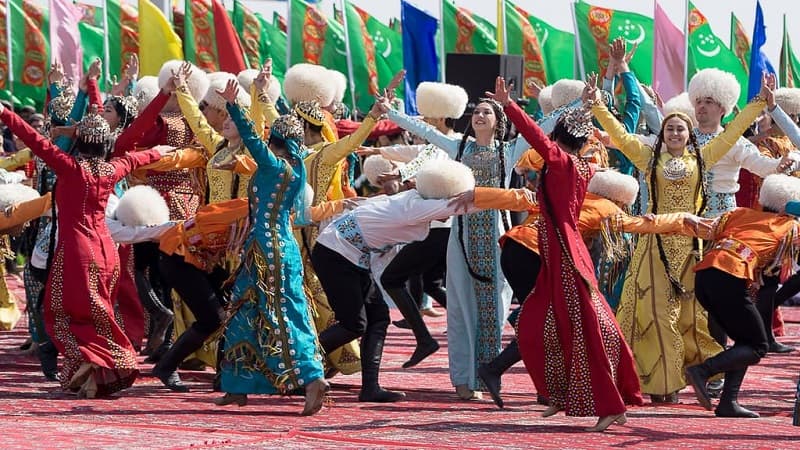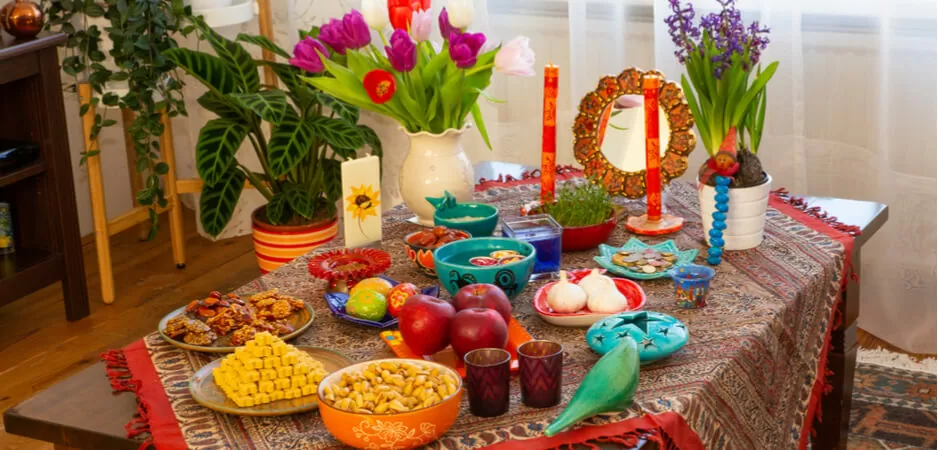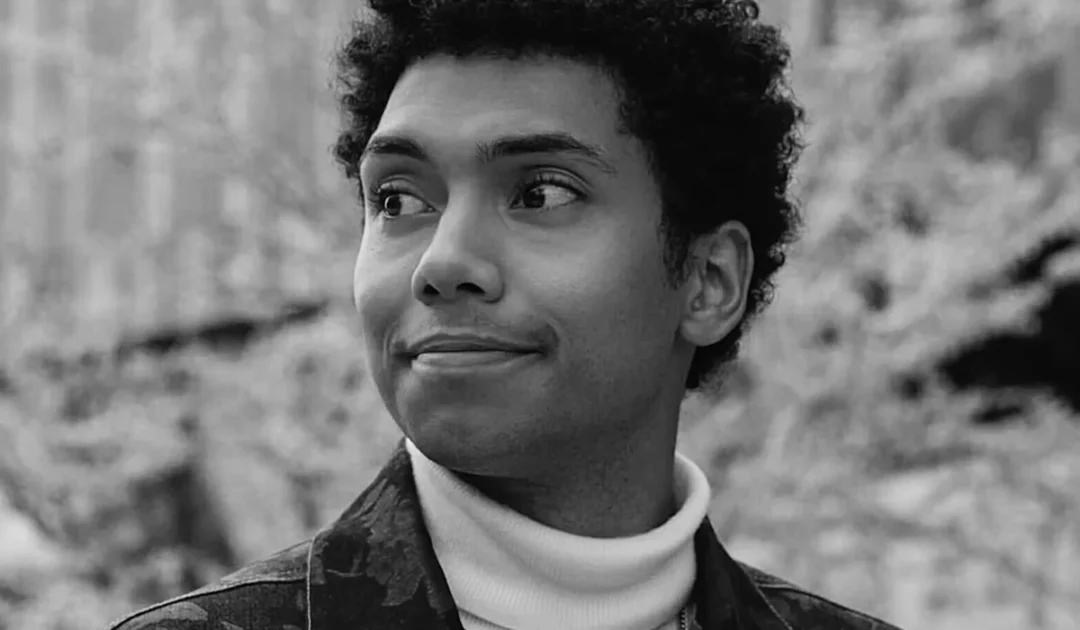- Web Desk
- 5 Hours ago

What the 3,500-year-old holiday of Nowruz can teach us in 2024?
-
- Web Desk
- Mar 19, 2024

Rather than fading from relevance, the values of this ancient festival – from taking a yearly reset to connecting with nature in a precarious time – are now more important than ever, said an article by BBC.
Nowruz is the annual 13-day festival that marks the start of spring, and millions of people all over the world with roots in the former Persian Empire are celebrating.
Persia, anchored in modern-day Iran, once stretched from Afghanistan and Pakistan in the east to Egypt and the Balkan Peninsula in the west, and it left behind an enduring cultural legacy that includes this vibrant celebration. Despite Nowruz dating back 3,500 years, celebrants believe that rather than fading from relevance, the lessons of Nowruz – from taking a yearly reset to valuing family to connecting with nature in a precarious time – are now more important than ever.
HISTORY
Nowruz was originally a Zoroastrianism holiday, part of the ancient monotheistic religion founded by the prophet Zoroaster in approximately 500 BCE. In the time of the Persian Empire (roughly 559-331 BCE), the rulers of all of the subject countries were summoned at Nowruz to bring gifts and pay homage to the king at Persepolis, the ruins of which remain in the Iranian city of Shiraz. In this way, the kings could show the ancestors that they were prospering, something that remains an important aspect of the holiday.
Zoroastrianism remained the official state religion of the Persian Empire for centuries until the Arab conquest around 632 CE, after which it became Muslim. But Nowruz was firmly established, and even under Islamic rule it remained, evolving over time into a secular holiday celebrated by all faiths, including Christians, Jews and Muslims. Today, Iran, along with Afghanistan, Azerbaijan, India, Pakistan, Turkey, Uzbekistan and other countries once under Persian influence, observe Nowruz, as well as diaspora communities in North America, Europe and elsewhere around the world.

As these traditions have spread, Nowruz has been welcomed into the Western mainstream. Last year, Disney released an animation of Mickey Mouse explaining Nowruz. Major American publications regularly feature Nowruz food stories and recipes. And the travelling dance party Disco Tehran, fuelled by its popularity in Los Angeles and New York, will hold Nowruz bashes this year in Berlin, Paris and London.
Google has marked the beginning of the Persian New Year, Nowruz, with a vibrant and festive doodle on its homepage.

TRADITIONAL CELEBRATIONS AND THEIR MESSAGES
Nowruz, which means “new day” in Persian, starts at the moment of the spring equinox when the sun passes over the equator on its way north. Nowruz customs around the world have unique traits.
In Afghanistan, people eat a dessert made of seven different dried fruits and nuts soaked in syrup called mewa. In Tajikistan and Kyrgyzstan, vessels are placed around the house and filled with water before the clock strikes the new year. And in Afghanistan, riders on horseback play the national sport buzkashi.
Symbolically, Nowruz is about rebirth and new beginnings. While the holiday of Nowruz kicks off at the equinox, preparations begin weeks before. In order to enter the new year on the right foot, it’s important to have both a spotless home and a clear conscience.

With its hopeful message of new beginnings, Nowruz offers a valuable opportunity to recharge. It is an occasion for honouring family, both ancestors and the living, and people visit one another and feast together. On the final day of Nowruz, it’s customary to pack a picnic, head into the countryside and toss the lentil and wheat sprouts into moving water, signalling a break with the previous year. It’s a day to spend time appreciating the outdoors after the long winter.
However, due to climate change, the way that people have observed Nowruz for thousands of years is being altered, and this undeniable evidence could be a catalyst for people to pay attention. Nowruz is now in some ways under threat, and it could be linked to an understanding about the vulnerability of our planet and our participation in that vulnerability
Perhaps what Nowruz celebrants value the most is the life-affirming quality of the holiday rituals, at a time when issues like climate change, world politics and social isolation are causes for anxiety.






